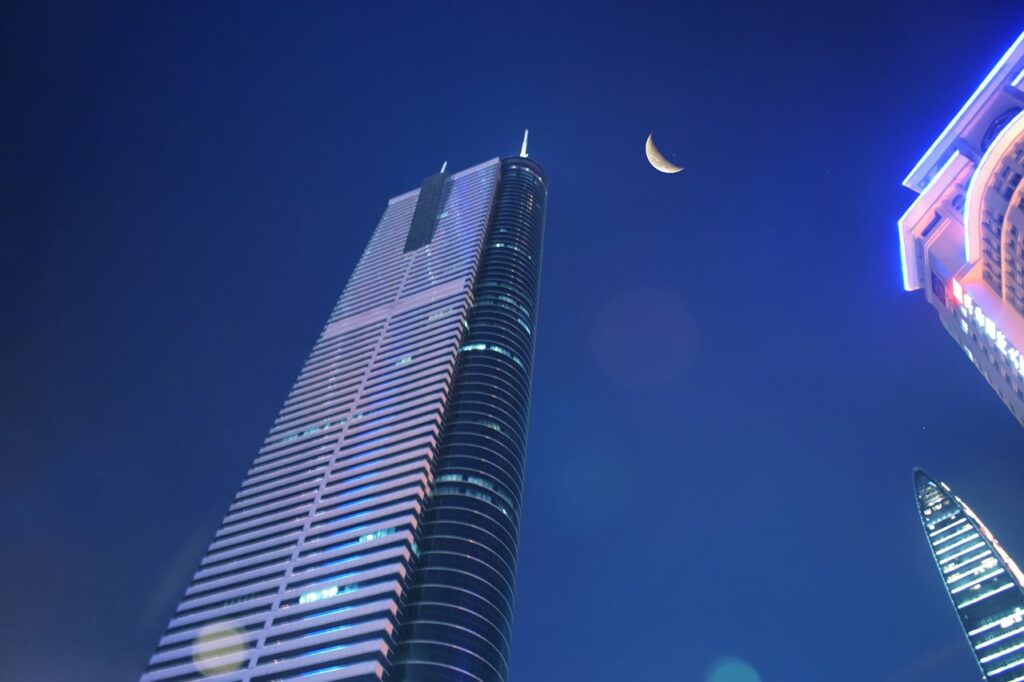CHINA will build an international mangrove center in Shenzhen, the Chinese President said Saturday.
He made the remarks while delivering a speech via video at the opening ceremony of the 14th Meeting of the Conference of the Contracting Parties to the Ramsar Convention on Wetlands (COP14) in Wuhan, China’s Hubei Province, and Geneva, Switzerland.
Sun Lili, founder of Shenzhen Mangrove Wetlands Conservation Foundation (MCF) who is attending the conference in Geneva, told Shenzhen Satellite TV on Saturday that Shenzhen, which is building itself into a marine center with global influence, has unique natural conditions and institutional advantages. To contribute more to global mangrove conservation, MCF will set up a mangrove protection special fund and pool resources from all walks of life to support the building of the international mangrove center in Shenzhen.
Lei Guangchun, chairman of MCF who is also in Geneva, said the building of the mangrove center is highly significant and will serve as a key path to advance the city’s internationalization.
He urged mass participation from the public and people from around the world, adding that MCF will cooperate with the center to build a transparent international cooperation platform and mechanism.
Established in 2012, MCF is China’s first local public funded organization that focuses on environmental protection, and the first NGO to ever operate a government-mandated ecological park — Futian Mangrove Ecological Park.
Called “green coastal guardians,” mangroves are extremely important to the coastal ecosystems they inhabit. They act as nature’s first defense against storm surges and waves. They also protect estuaries and coastlines from erosion.
According to the State of the World’s Mangroves 2022 report released by the Global Mangrove Alliance, mangroves prevent more than US$65 billion in property damages from storms and reduce flood risk to some 15 million people every year.
Mangroves are the most efficient carbon capture and storage systems on the planet. They currently store an equivalent of over 21 billion tons of CO2. Preventing just 1% of mangrove loss results in 200 million tons of carbon locked away, according to the report.
Mangrove is Shenzhen’s city tree. Shenzhen has 213.62 hectares of mangrove forests, which are mainly distributed in Futian District and partly in Shajing, Fuyong and Xixiang in Bao’an District, Shahe in Nanshan District, and Baguang, Kuichong and Nan’ao in Dapeng New Area, according to the Shenzhen Satellite TV report.
Futian Mangrove Nature Reserve, located in the northeast part of Shenzhen Bay, serves as a wintering site and resting place for nearly 100,000 migratory birds every year, and is an important stopover site in the East Asian-Australasian Flyway, according to the local planning and natural resources authority.
The reserve spans about 9 kilometers along the coastline, with a total area of 367.6 hectares. It has also been selected on the list of key national wetlands in 2020.
ARTICLE FROM: Shenzhen Daily


